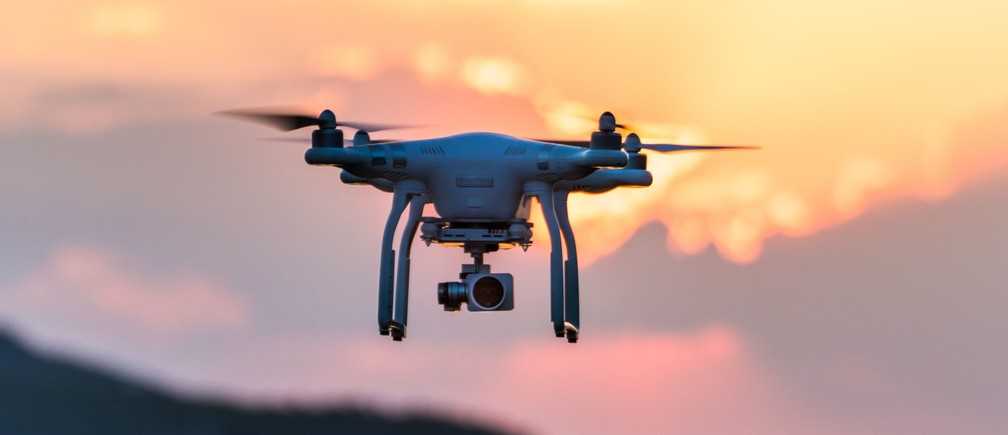In many UAV missions, GPS signals play a vital role. However, these signals are susceptible to disruptions, particularly during natural disasters or military conflicts. Bavovna.ai, an alum of the US Air Force Labs Mass Challenge acceleration program, is at the forefront of developing an AI-driven PNT (Positioning, Navigation, and Timing) navigation system designed for use in aerial, surface, and subsurface vehicles.
Dual-Function AI Navigation for UAV Drones
Bavovna’s inertial AI navigation system is designed for dual-purpose operations, combining sensor fusion with pre-trained machine learning and deep learning algorithms to enable autonomous capabilities. The system’s resilient core electronics can withstand typical electromagnetic warfare threats and offers a low-SWaP (Size, Weight, and Power) configuration, making it ideal for integration into UAVs and Class II aerial vehicles.
During testing, the Aurelia X6 Max multicopter demonstrated the ability to operate autonomously without relying on remote control, GPS, or other communication systems. It successfully gathered location data and returned to its starting point. Bavovna’s AI navigation system aims to achieve a positioning error of just 0.5%, even over complex routes as long as 30 miles (48 km). The team is also expanding the system’s applications to include signals intelligence, mine detection, automatic target engagement, and security surveillance.
AI Co-Pilots for Commercial Aviation
Today’s aircraft are equipped with advanced autopilot systems that assist pilots in managing altitude, course, thrust, and navigation. However, pilots can become overwhelmed by the numerous alerts and system interfaces demanding their attention. NASA has identified that pilots face up to 34 different tasks simultaneously, ranging from communication to monitoring for visual meteorological conditions (VMC) traffic, which can lead to human error and increased risk.
AI-Driven Air Traffic Management
The Air-Guardian project, initiated by MIT’s CSAIL, aims to enhance the human-machine interface (HMI) of existing autopilot systems to improve safety. This AI system uses eye-tracking technology to detect pilot distraction and employs “saliency maps” to interpret aircraft behavior.

















